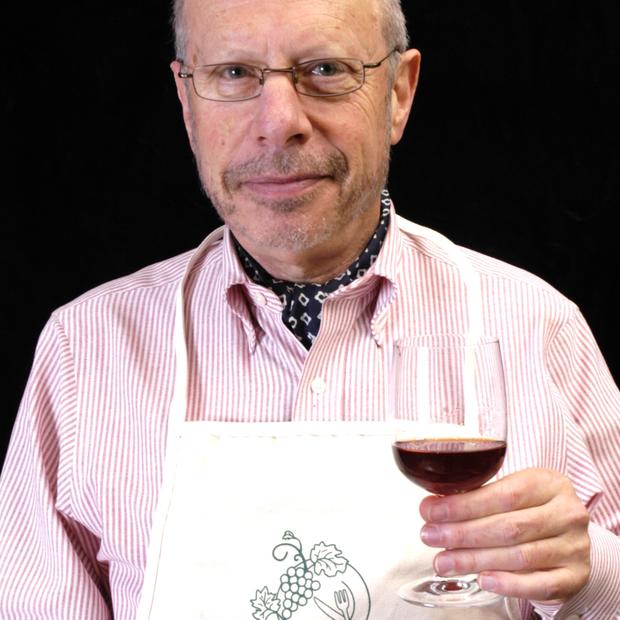 The decorative arts have always been the province of artisans (rather than “fine art” painters), men and women with a solid background in color and materials and the history of design. Technique, patience, an eye for color are all job requirements.
The decorative arts have always been the province of artisans (rather than “fine art” painters), men and women with a solid background in color and materials and the history of design. Technique, patience, an eye for color are all job requirements.
Decorative painting has a long history. You can see examples in Pompeii, buried by the eruption of Vesuvius in 80 BC, elegant faux-marble walls and panoramic murals that adorn the perfectly preserved houses. Centuries later, stylized figures decorated public buildings and told allegorical stories. There were hybrid figures called grotesche, and a monochromatic technique called grisaille that made realistic statuary appear in the shadowy corners of medieval churches.
After the highly decorated rococo era ran its course, mostly in Bavaria, the French discovered the exotic Orient, which decorative painters of the day captured — with lots of gold, lacquer, and mother-of-pearl — in a style known as chinoiserie. Today, not surprisingly, you can buy gorgeous, hand-painted chinoiserie wall paper, like the one shown here, from several high-end interior design shops. Ironically, they are so labor-intensive that the production is outsourced ... to China.
This week, Seattle will host the 19th annual Salon of Decorative Arts, an international event founded in Belgium two decades ago. The Union Station event marks the first time the Salon has been held on the west coast of the US. Previous salons have taken place in Japan, Germany, France, Sweden, Norway and England.
The 2014 Salon will bring several dozen leading practitioners — artists and master craftsmen — from around the globe to Seattle for four days of free, open-to-the-public exhibits and demonstrations. The Salon opens at 4 p.m. on Thursday, May 1. This year's theme is "Seattle and the New West: Classic and Contemporary Industrial Elegance."
 Local artist Cathy Conner (right) is the impetus and host behind the Seattle event. Folks with long memories may recall that she once ran a French bakery in the Pike Place Market called Au Gavroche. (A gavroche is a Parisian street urchin.) When the urchin grew up, and the times changed, Conner changed too. She moved to Paris, studied in Florence and became an accomplished painter. Not a "fine art" painter like Rembrandt (well, that, too) but a decorative painter, which requires more hard-nosed discipline than wild and woolly unstable creativity.
Local artist Cathy Conner (right) is the impetus and host behind the Seattle event. Folks with long memories may recall that she once ran a French bakery in the Pike Place Market called Au Gavroche. (A gavroche is a Parisian street urchin.) When the urchin grew up, and the times changed, Conner changed too. She moved to Paris, studied in Florence and became an accomplished painter. Not a "fine art" painter like Rembrandt (well, that, too) but a decorative painter, which requires more hard-nosed discipline than wild and woolly unstable creativity.
Among the visitors for this week's decorative arts Salon is a Danish artisan named Susan Arnild, who immediately set to work on a trompe l'oeil panel for Conner's Capitol Hill studio.
Live painting demonstrations, lectures and videos will introduce the ancient art of trompe l'oeil murals along with decorative techniques such as woodgraining, marbling and other ornamentation. And before they leave town, many of the visiting craftsmen will participate in the creation of a mural to be donated to the City of Seattle.
The full calendar of events can be found here.
Photos by Ronald Holden.


